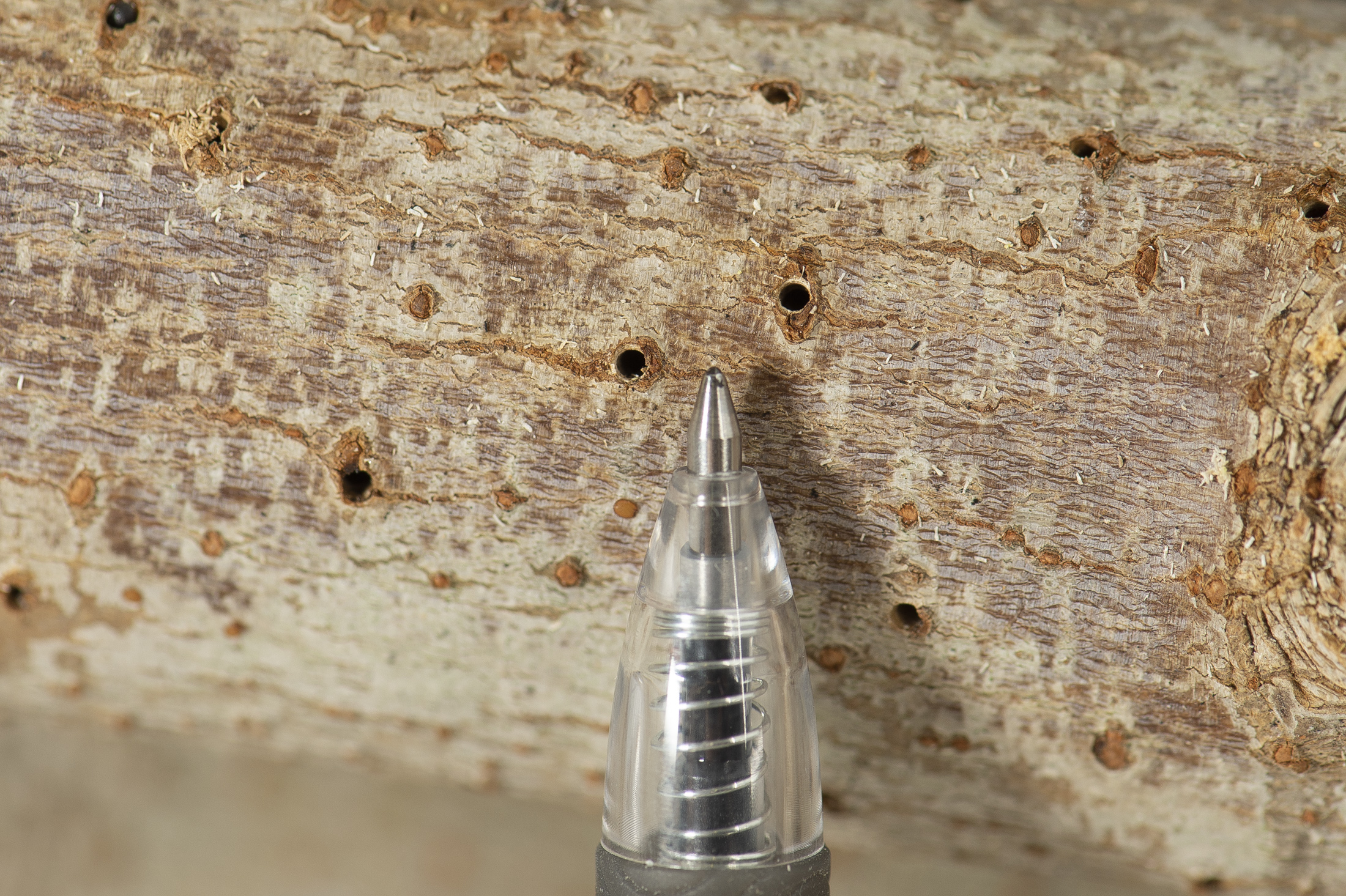There seems to be quite a bit of confusion surrounding the rotation of crops. You don’t need to study magic or pay strict attention to the lunar phases; you just need to have a few ideas about what you want to grow. Crop rotation is simply making sure that you do not plant the same crop in the same spot every year. For those of you who are thinking “I cant remember from one month to the next what I plant let alone a whole year,” that’s why they invented cameras on your phones.
Make up a new folder in the computer titled “How I Fed a Nation” the date will already be on it and your veggie patch diary is created. This sort of diary is also handy to look back on what crops did well and pest and diseases that come to play with the veggies.
Why bother with crop rotating? It is a really effective way of controlling pest and disease problems. Some veggies are susceptible to certain types of fungi or bacteria and if you keep planting the same crop in that position it is only a matter of time before it attacks your crop. All the Brassica family (broccoli, cabbage, cauliflower) is vulnerable to club root disease and if course the cabbage white butterfly. Tomatoes are prone to getting wilt, root knot nematode and blossom end rot. By moving crops around and planting them among other veggies it lessens the chance of a disease getting hold and confuses pests.
The other factor to consider is that each type of veggie has different nutrient and water requirements. Most veggies grow in a neutral pH but peas and beans prefer dolomite lime in the soil prior to sowing. Beetroot needs boron added to get a good size beet. Crop rotation is particularly important when it comes to long-term crops like eggplant, potatoes, onions and garlic. Any root crop like potatoes could be replanted with peas and beans adding nitrogen to the soil. Tomatoes, capsicum and chilli could be later planted with sweetcorn and zucchini. Cabbages, broccoli and cauliflower should be replaced by a green manure crop like ryecorn or tickbeans. These are simply dug back into the soil. After the green manure crop replant using tomatoes, capsicums and eggplants.
Pull out Box – what goes with what
| Group 1 | Group 2 | Group 3 | Group 4 |
| Broad beans | Carrots | Pumpkin | Tomato |
| Peas | Beetroot | Sweetcorn | Capsicum |
| French Beans | Onions | Zucchini | Eggplant |
| Climbing Beans | Garlic | Watermelon | Chilli |
Remember through all this that gardening is meant to be fun. It’s all about experimenting with your plot and finding out what works best for you.



